
Liquidity management: A renewed focus for European funds

5 questions you should ask your custodian about outsourcing

How to choose the right custodian for your managed assets

3 tips to maintain flexibility in supply chain management

10 ways a global custodian can support your growth

The benefits of a full-service warehouse custodian

Webinar: Cash management strategies for higher education

Solutions banks can offer during the COVID-19 pandemic

Turn risk into opportunity with supply chain finance

Webinar: What’s new in international payments?

Best practices on securing cardholder data

Webinar: Managing foreign exchange risk in unpredictable markets

Hospitals face cybersecurity risks in surprising new ways

Webinar: Robotic process automation

Tactical Treasury: Fraud prevention is a never-ending task

Post-pandemic fraud prevention lessons for local governments

Webinar: Empower your AP automation with strategic intelligence

Webinar: Building digital bridges for treasury optimization
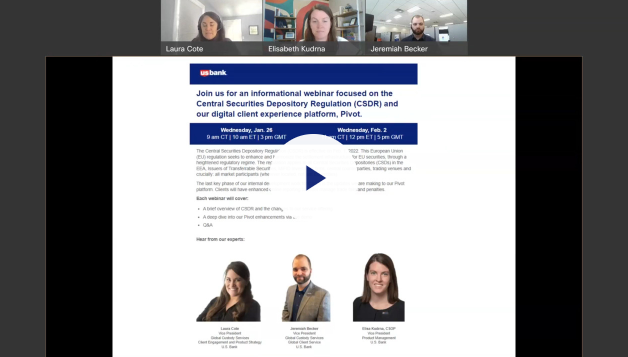
Webinar: Recording of the Central Securities Depository Regulation and Pivot

Evaluating interest rate risk creating risk management strategy

Authenticating cardholder data reduce e-commerce fraud

Webinar: Digitize your AP processes to optimize results

Risk management strategies for foreign exchange hedging

Webinar: AP automation—solve payment challenges with an invoice-to-pay solution

What is CSDR, and how will you be affected?

Webinar: CRE technology trends

Webinar: The future of digital onboarding for U.S. Bank clients
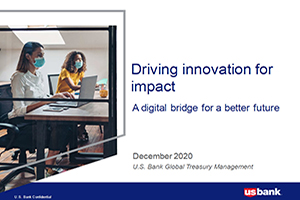
Webinar: Driving innovation to impact treasury management

Webinar: CRE treasury leader roundtable

Proactive ways to fight vendor fraud
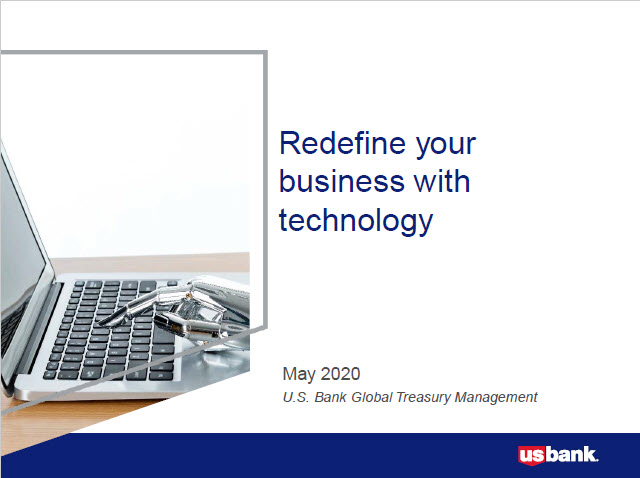
Webinar: Redefine your business with technology

Webinar: Economic, political and policy insights

4 tips for protecting your business against Coronavirus-related scams

The latest on cybersecurity: Mobile fraud and privacy concerns
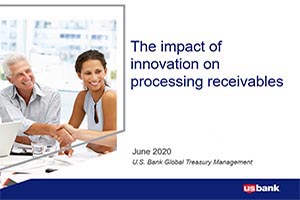
Webinar: The impact of innovation on processing receivables

5 Ways to protect your government agency from payment fraud

Redefining beneficial ownership in the Cayman Islands

Cayman Islands’ Private Funds Law: What you need to know

The latest on cybersecurity: Vulnerability testing and third-party software

Webinar: International payments

5 steps you should take after a major data breach

Fight the battle against payments fraud

Cybercrisis management: Are you ready to respond?

Complying with changes in fund regulations

The cyber insurance question: Additional protection beyond prevention

Protecting your business from fraud

The password: Enhancing security and usability

Avoiding the pitfalls of warehouse lending

Fraud prevention checklist

Why KYC — for organizations

Cybersecurity – Protecting client data through industry best practices

Business risk management for owners of small companies

Government agency credit card programs and PCI compliance

BEC: Recognize a scam

How to improve your business network security

Webinar: Approaching international payment strategies in today’s unpredictable markets.

White Castle optimizes payment transactions

Higher education strategies for e-payment migration, fighting fraud

Webinar: A closer look at U.S. Bank AP Optimizer

How to improve digital payments security for your health system

Increase working capital with Commercial Card Optimization

Automate accounts payable to optimize revenue and payments

The surprising truth about corporate cards

3 timeless tips to reduce corporate payments fraud

Alternative investments: How to track returns and meet your goals

Protecting cash balances with sweep vehicles

Manufacturing: 6 supply chain optimization strategies

Webinar: CRE Digital Transformation – Balancing Digitization with cybersecurity risk

Webinar: Fraud prevention and mitigation for government agencies

Small business growth: 6 strategies for scaling your business

Healthcare marketing: How to promote your medical practice

How to keep your assets safe

4 strategies for coping with market volatility

Learn to spot and protect yourself from common student scams

4 ways to outsmart your smart device

Webinar: Protect yourself or your loved ones from elder fraud

Keep your finances safe and secure: Essential tips for preventing check fraud

How to spot an online scam

Webinar: How to fight off fraud
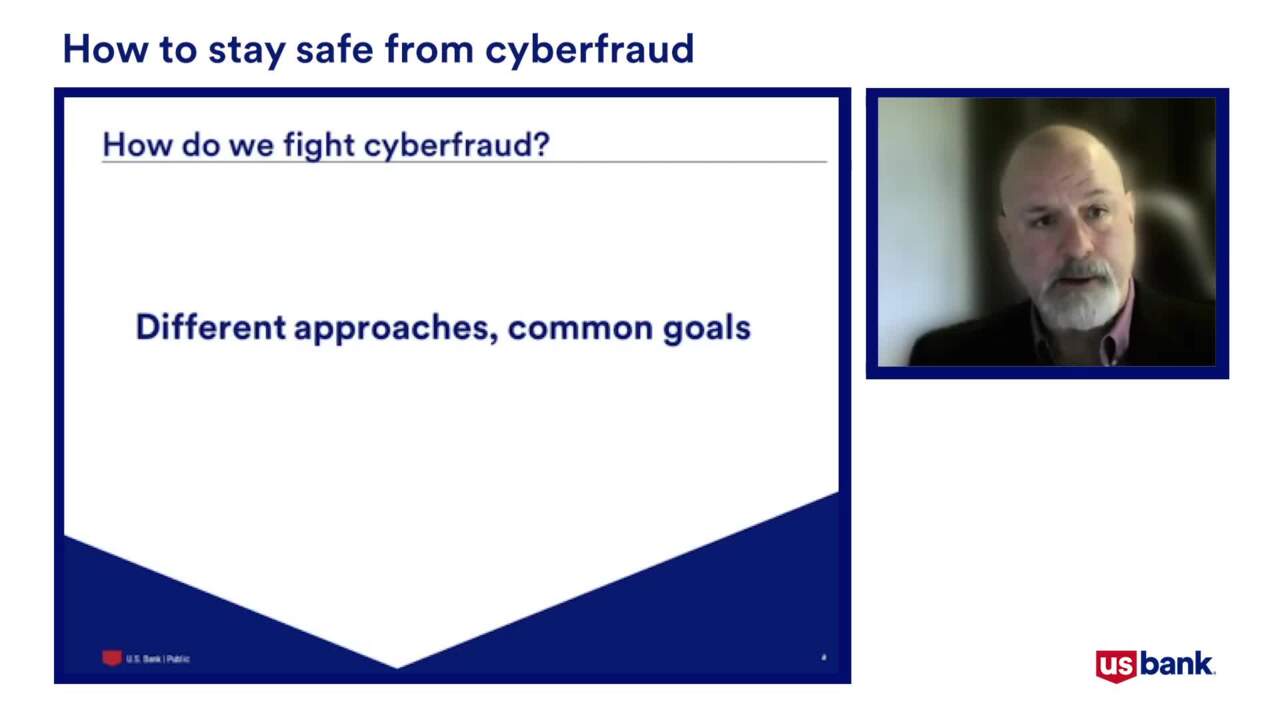
Webinar: How to stay safe from cyberfraud

Money muling 101: Recognizing and avoiding this increasingly common scam

What is financial fraud?

Learn how to spot scams related to COVID-19

Dear Money Mentor: What is cryptocurrency?

How you can prevent identity theft

How-to guide: What to do if your identity is stolen

The mobile app to download before summer vacation


